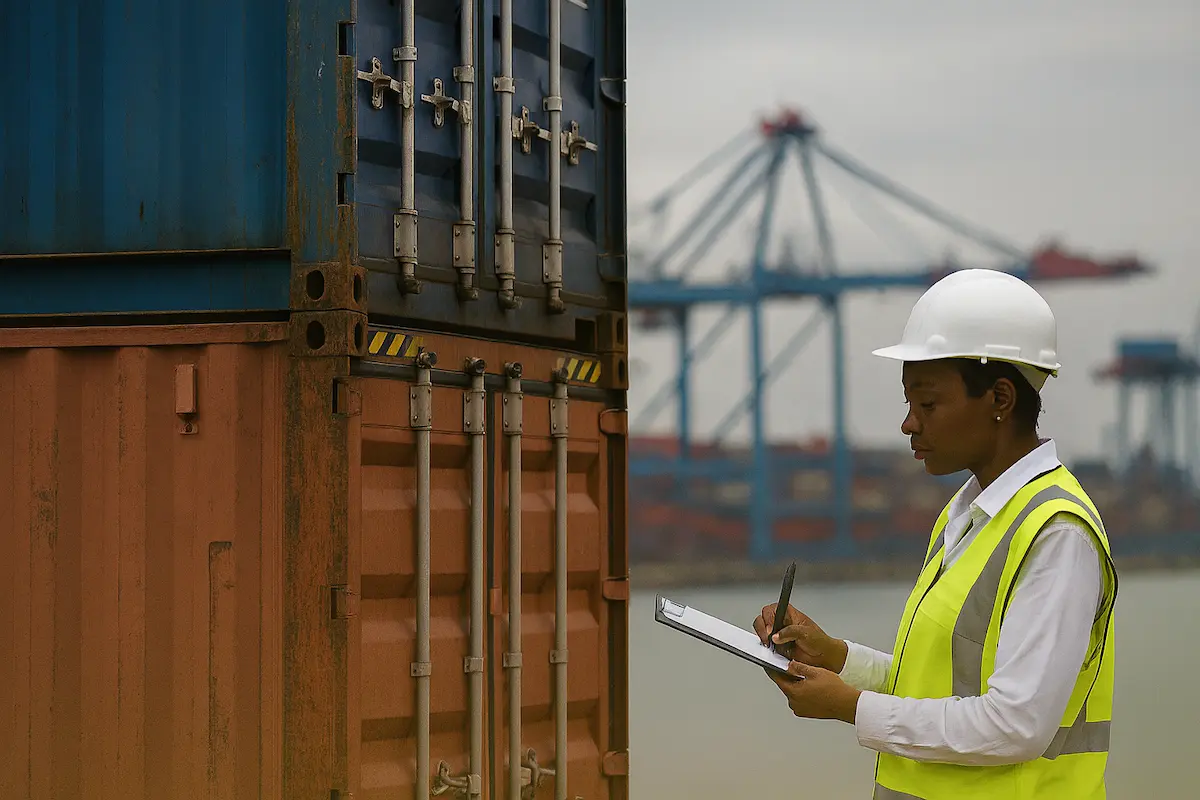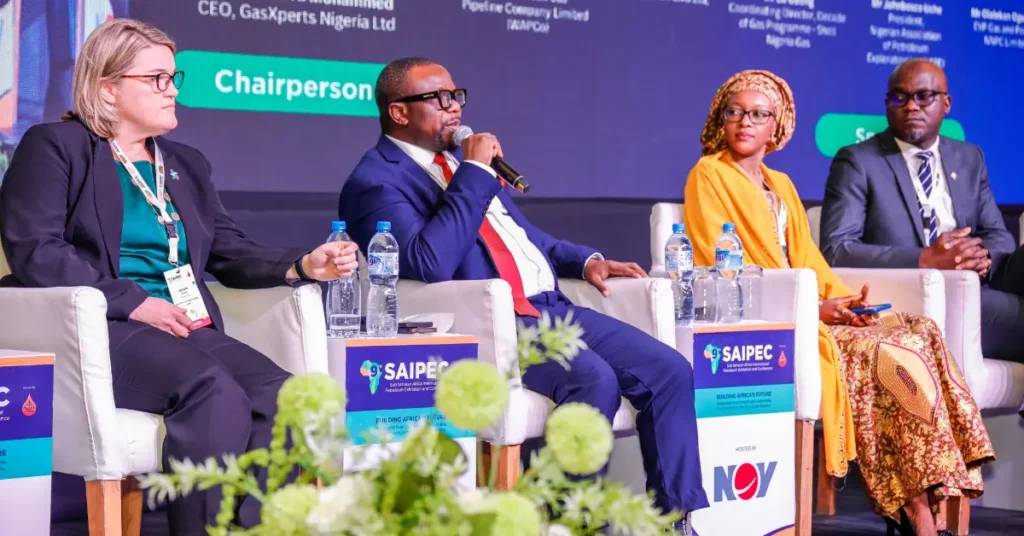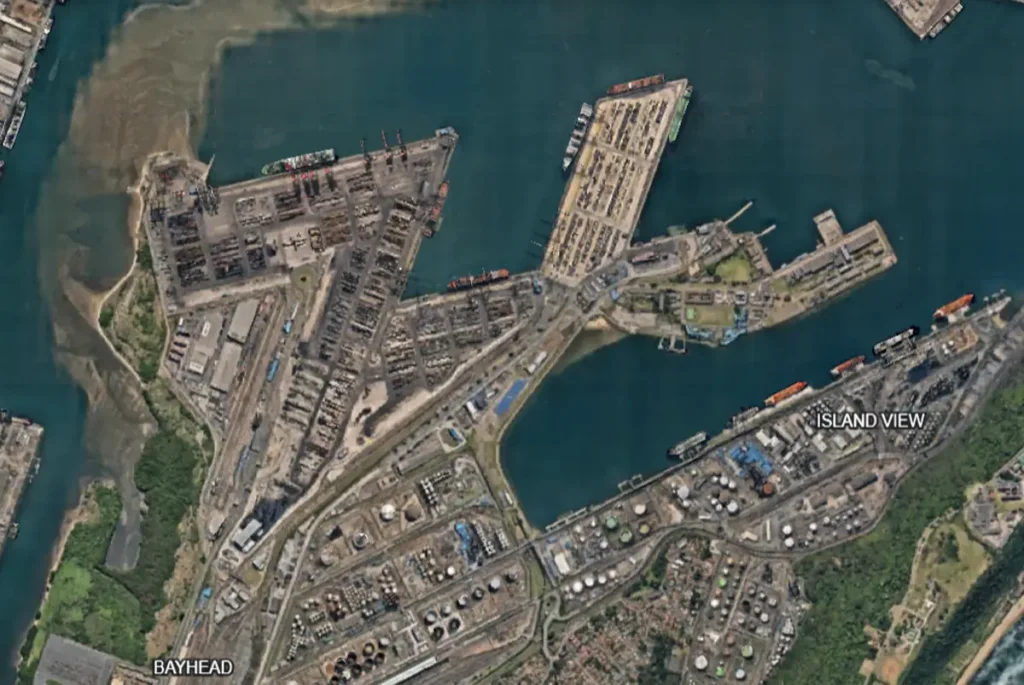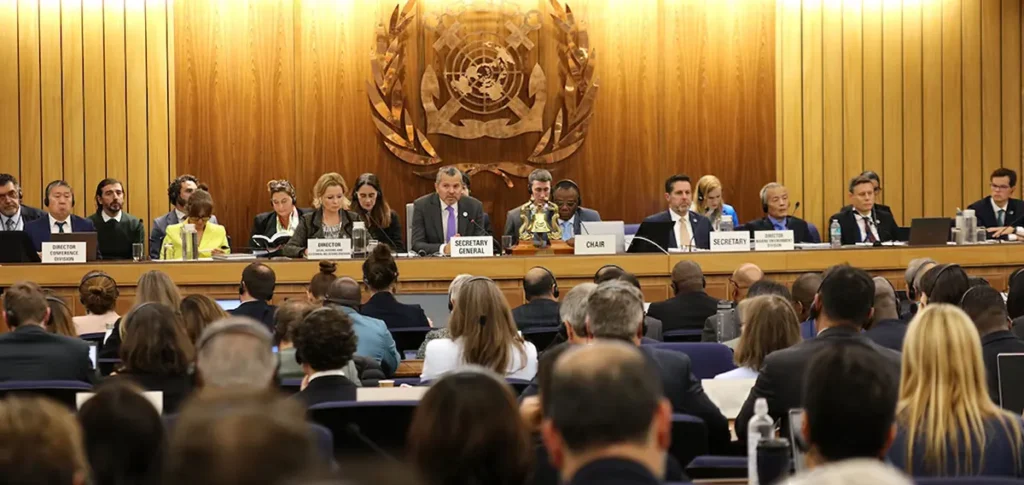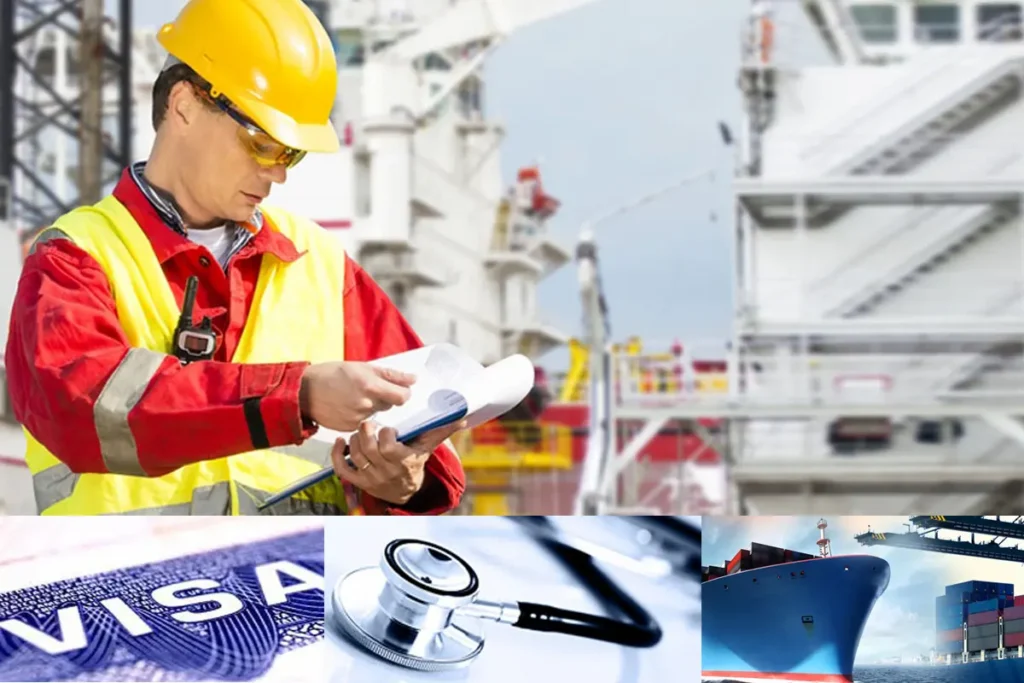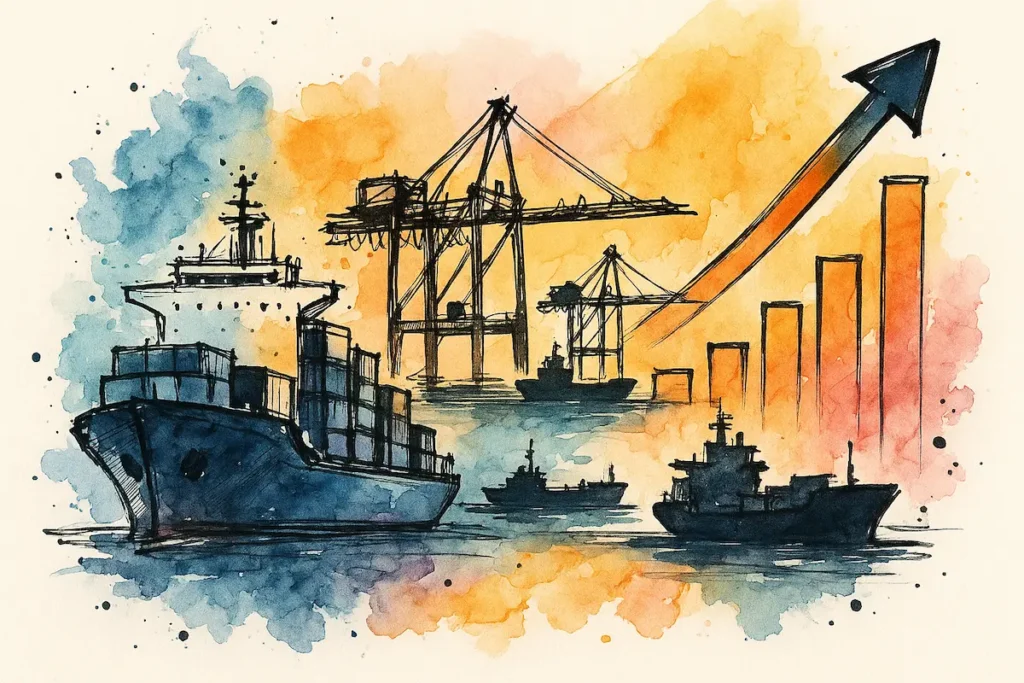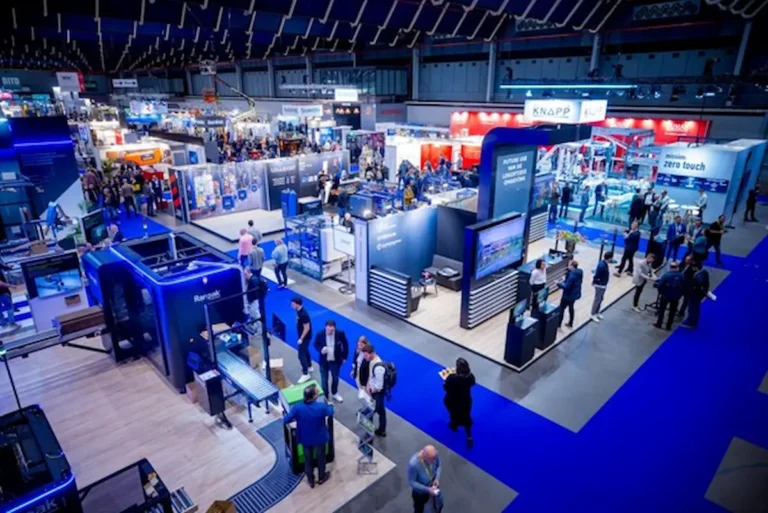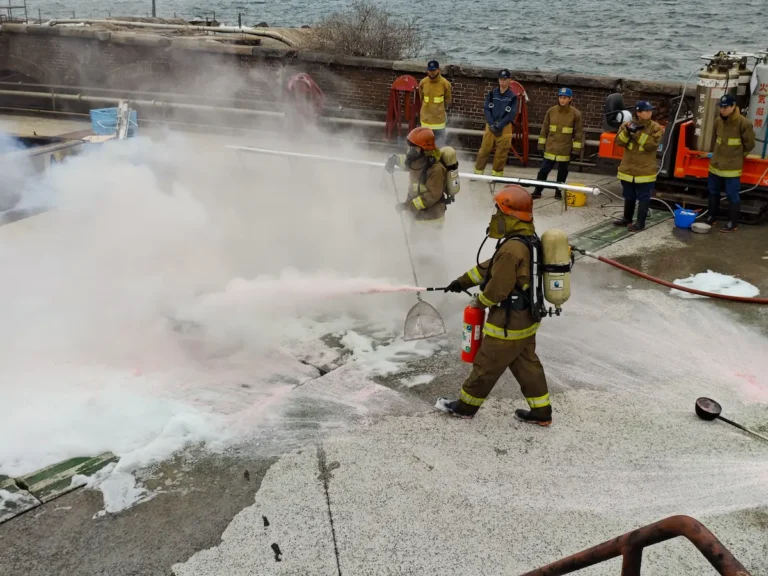This week, the World Shipping Council reinstated and released a consolidated report on the results of container inspection programmes carried out in 2024 based on information from Finland, Canada, the Kingdom of the Netherlands, Chile, Germany, the Republic of Korea, and the United States..
Going through the report, I noticed a few striking disparities in container safety compliance across countries..
The results are not just numbers, they expose a fundamental question: can global cargo safety really be considered consistent if outcomes depend so heavily on geography..??
The inspection results illustrate the issue:
| Reporting country | Units Inspected | Units with Deficiencies (Number) | Units with Deficiencies (Percentage) | TEU Throughput (2023) |
|---|---|---|---|---|
| Netherlands | 1,126 | 619 | 54.97% | 14,111,298 |
| Canada | 646 | 159 | 24.61% | 6,102,658 |
| Germany | 18,478 | 3,283 | 17.77% | 12,660,224 |
| USA | 46,186 | 4,446 | 9.63% | 54,282,705 |
| Finland | 493 | 47 | 9.53% | 1,368,831 |
| South Korea | 6,944 | 234 | 3.37% | 30,003,141 |
| Chile | 3,815 | 62 | 1.63% | 4,203,293 |
The disparity
If we look at this simple table, we can see that
- The Netherlands, which handled under 15 million TEU in 2023, inspected 0.008% of its total volume and found almost 55% deficient
- The United States, with over three times the throughput, inspected 0.085% of its total volume but found just 10% deficiency, and
- Korea, with double the Dutch volume, inspected 0.023% of its total volume and found only 3% deficiency
Does this mean that the Netherlands’ inspection regime is much tougher and thorough than the rest, or is it that customers shipping in and out of the USA are following protocols, or is it that some administrations use inspections as broad compliance checks while others adopt risk-based targeting..
This disparity underscores a systemic issue: cargo safety is not measured, enforced, or ensured the same way worldwide..
A container that passes inspection in one country may well be flagged in another or vice versa.. That inconsistency is itself the weakest link in the chain..
Variance in reporting
Having said that, it is also important to acknowledge the limitations of the dataset.. The Cargo Integrity Group, a cross-industry coalition that works closely with the IMO, has pointed out that less than 5% of national administrations regularly report inspection results to the IMO, which undermines the ability to draw reliable cross-country comparisons..
Differences in methodology, sampling scope, and reporting practices may therefore skew benchmarking efforts..
Remember this exercise was previously done by the IMO and has now been taken over by the WSC..
As per the report, the 2024 deficiency figure of 11.39% is up slightly from the IMO’s final 2023 figure of 11%..
These include mis-declared and undeclared dangerous goods, incorrect documentation, and improper packing – all of which can lead to serious safety incidents, including ship fires..
“Cargo safety starts with correct declaration and safe packing of goods,” said Joe Kramek, President & CEO of the World Shipping Council on their website..
“Gaps in cargo safety remain far too common. Cargo deficiencies put crews, ships, cargo, and the environment at risk,” added Kramek
The disparities do not mean that some countries are “too strict” and others “too lax”.. They show that cargo safety lacks a harmonised baseline and also that there is an opportunity for more governments to participate, as suggested by Kramek..
“With only seven port States currently reporting, there is an opportunity for more governments to contribute their data, strengthening the global picture and helping to make shipping safer for everyone,” added Kramek..
Possible solutions
Based on the deficiencies identified by the report, three solutions stand out:
- Harmonisation of inspections
- Inspection criteria, methodologies, and reporting must be standardised globally.. Deficiencies should mean the same thing whether recorded in Rotterdam, Busan, or Los Angeles..
- Digitalisation to eliminate common errors
- Nearly half of all deficiencies globally fall into documentation (913 cases) and placarding/marking (4,373 cases)..
- These are preventable with electronic dangerous goods declarations, automated labeling, and electronic trade documentation..
- Transparency and shared learning
- At present, inspection data is fragmented by country.. A global reporting platform would allow ports and regulators to identify systemic weak spots and learn from one another’s findings..
The course of action
The WSC inspection data is more than a compliance report, it is a roadmap for corrective action.
- For regulators:
- Align inspection standards under the IMO frameworks
- Agree on common reporting formats
- Share inspection data in real time to identify trends
- For carriers and shippers:
- Invest in digital compliance tools to cut paperwork and labeling errors
- Build internal audit systems that simulate inspection checks before cargo reaches port
- Train staff specifically on segregation and documentation of dangerous goods
- For industry bodies:
- Push for a global cargo safety index that combines inspection results across jurisdictions
- Promote harmonisation as a collective industry priority, not just a national responsibility
The call to action
The disparities in inspection results – 55% in the Netherlands, 10% in the United States, 3% in Korea – are not anomalies..
They are a warning sign.. If enforcement outcomes vary so widely, then cargo safety is indeed only as strong as the weakest enforcement link..
For logistics and shipping leaders, the implications are clear:
- Do not take comfort in “good” percentages, they may reflect methodology more than safety
- Push for harmonisation and digitalisation to close the gap between jurisdictions
- Focus not only on high-frequency paperwork errors, but also on low-frequency, high-risk failures such as segregation and structural integrity
Cargo safety cannot remain a local issue in a globalised system.. Until the weakest links are strengthened, the industry will continue to rely on uneven enforcement and hope that the next major incident does not expose just how fragile that system really is..

